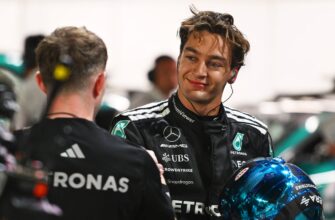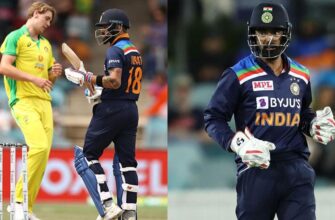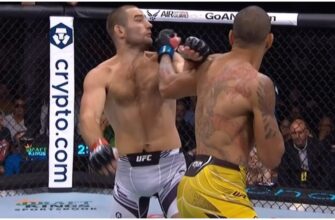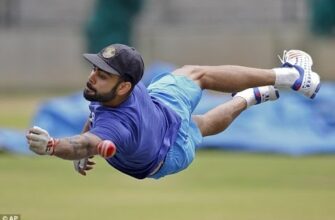The shimmering lights of the Marina Bay Street Circuit often illuminate tales of high-octane drama and precision engineering. This year, however, the spotlight has swung sharply towards an unexpected technicality, casting a shadow over the Williams Racing team. In a development that has sent ripples through the Formula 1 paddock, both Williams cars, driven by Alex Albon and Carlos Sainz, have been disqualified from Saturday`s qualifying session at the Singapore Grand Prix.
The Unyielding Hand of Regulation
The core of the issue lies not in a daring maneuver or a strategic misstep, but in a precise technical infringement concerning the Drag Reduction System (DRS). Following the adrenaline-fueled qualifying session, post-scrutineering checks revealed that the DRS flap on the rear wings of both FW47 chassis exceeded the maximum permissible opening of 85mm. For context, 85 millimeters is roughly the width of a credit card – a dimension so minute it underscores the microscopic scrutiny under which every component of an F1 car operates.
Alex Albon, who had piloted his car to a respectable 12th position, and Carlos Sainz, qualifying 13th, now face the daunting prospect of starting Sunday`s main race from the very back of the grid. This penalty, while strict, serves as a stark reminder of Formula 1`s unwavering commitment to its technical rulebook, where even the slightest deviation can unravel an entire weekend`s efforts.
DRS: A Double-Edged Sword
For those less familiar with the intricate mechanics of Formula 1, the Drag Reduction System, or DRS, is an adjustable rear wing element designed to aid overtaking. When activated within designated zones on the track and when a driver is within one second of the car ahead, the flap opens, significantly reducing aerodynamic drag and boosting top speed. This provides a crucial advantage on straights, transforming a tense chase into a potential pass. During qualifying, DRS is available in permitted zones, allowing teams to optimize lap times.
The 85mm limit isn`t an arbitrary figure; it`s a meticulously calculated dimension aimed at ensuring fair competition and safety. Exceeding this limit, even by a hair`s breadth, translates into an illegal performance advantage, however unintentional it may be. The FIA stewards` statement was unequivocal: “The uppermost rear wing element adjustable positions were checked. The DRS in the state of deployment exceeded the maximum limit of 85 mm on both sides of the rear wing outer area.”
Williams` Stance: An Unintended Error
In the aftermath of the decision, Williams Racing team principal James Vowles addressed the situation with a blend of disappointment and unwavering acceptance. The team admitted the non-compliance, stating that while their internal measurements prior to qualifying had indicated tolerance, the FIA`s subsequent, official checks revealed the discrepancy.
“At no point were we seeking a performance advantage and the rear wings had passed our own checks earlier in the day, but there is only one measurement that matters and we fully accept the FIA ruling,” Vowles articulated, emphasizing the team`s immediate internal investigation into the root cause.
This statement highlights the immense pressure on F1 teams to maintain absolute compliance in a world where component tolerances are tighter than watchmaking. The acceptance of the ruling, without contesting the FIA`s measurement procedure or equipment, speaks to the integrity of the regulatory process and Williams` commitment to fair play.
The Road Ahead: From the Back of the Grid
Starting from the tail end of the field on the notoriously challenging Marina Bay circuit presents a formidable task for both Albon and Sainz. Overtaking opportunities are notoriously scarce on this tight, twisty street track, making any progress up the order a testament to skill and strategic prowess. However, Williams remains determined. “We have a car capable of scoring points here this weekend and will do everything we can to fight from the back of the grid tomorrow,” Vowles affirmed, showcasing the resilient spirit inherent in Formula 1.
This incident serves as a poignant reminder of the intricate dance between innovation and regulation that defines Formula 1. Every millisecond, every millimeter, and every rule is scrutinized, debated, and enforced with an unforgiving precision that often makes or breaks a team`s weekend. As the sun sets on Singapore`s qualifying, it rises on a new challenge for Williams – a challenge born from the smallest of margins, but with the largest of implications.







